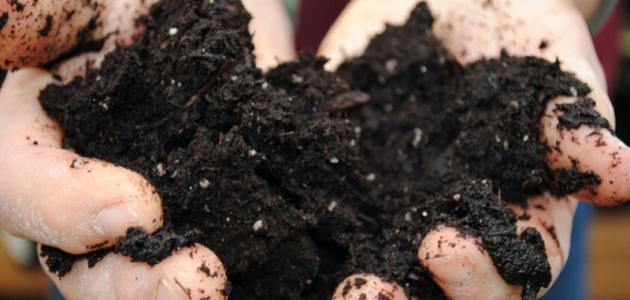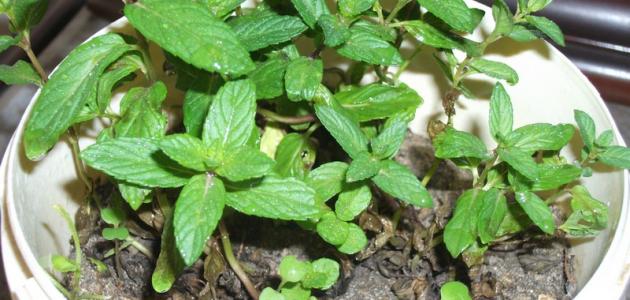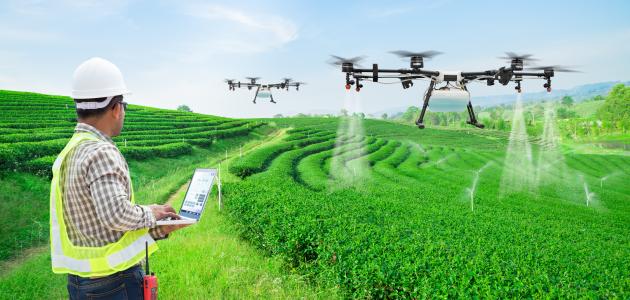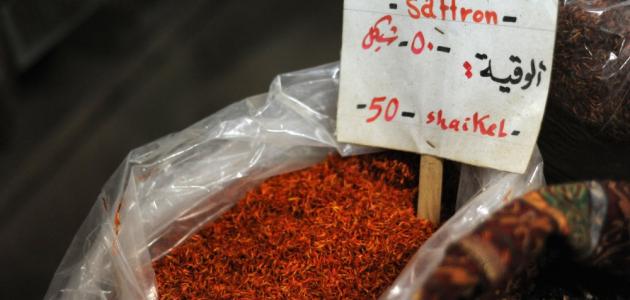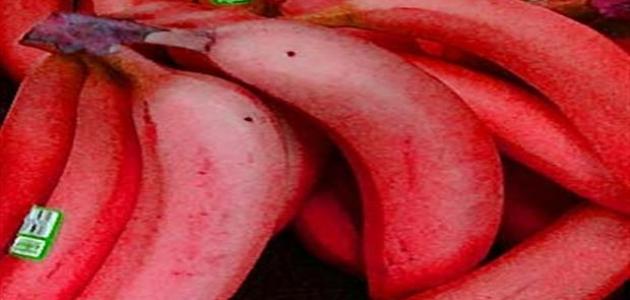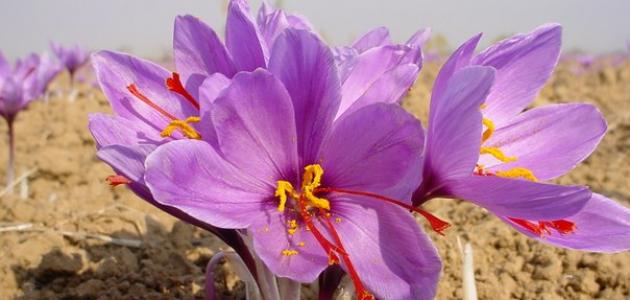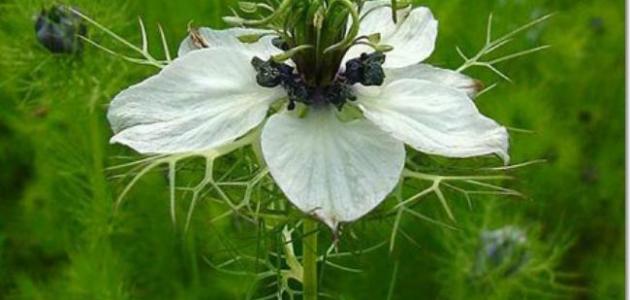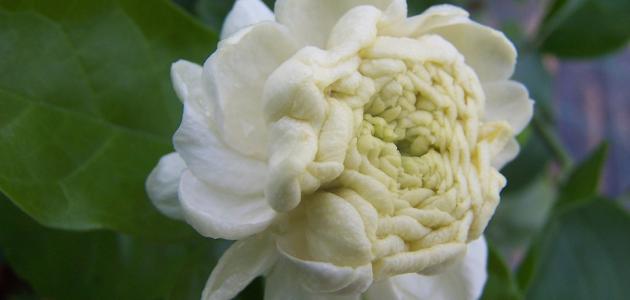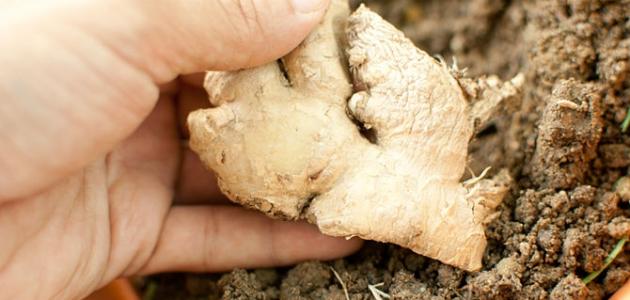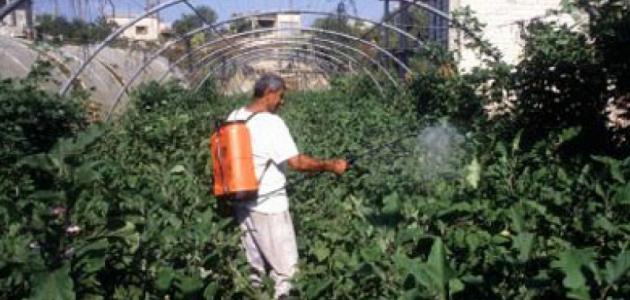the soil
Soil is the first layer of the Earth's crust, and is composed of soft, crumbled materials from rocks. Which was formed as a result of atmospheric, biological and chemical factors, that is, it is a mixture of rocky materials formed as a result of weathering and erosion factors, and organic materials resulting from the decomposition of the remains of living organisms and soil-nourishing organisms. Soil constitutes an important natural wealth for obtaining food directly or indirectly.
Stages of soil formation
Soil formation is defined as a slow process that begins with the transformation of rocks into soft material. The process results in the transformation of the original material, whether original or sedimentary rocks, into developed soil in which the inherited characteristics of the original material from which the soil was formed are reduced. Soil formation goes through several stages, as follows:
- Stage of changing the state of rocks: Where rocks are exposed to many factors, such as: wind, rain, and heat issued by the sun. Which would transform it chemically and physically.
- The stage of changing the color and nature of the soil: In it, the color of the soil changes to dark or black, and its nature changes as a result of the introduction of organic materials into the soil, in addition to its richness, that is, the soil, with natural fertilizer as a result of the decomposition of living organisms in the soil in a process called humus, and these changes vary according to the difference in the soil and its natural elements.
- the final level: The soil is ready to begin planting; This is the result of moving its components from their basic places; In addition to being a place for plants to grow, soil is a fertile environment for the growth of many microorganisms.
Factors contributing to soil formation
There are many factors contributing to soil formation, which are as follows:
Read also:What is agriculture?- Original material: It consists of mineral or organic materials, or both. As for mineral materials, they consist of a large number of minerals that form cohesive rocks of all kinds. As for organic materials, they are non-cohesive materials resulting from the decomposition of the remains of living organisms. The soil derives its natural and chemical characteristics or properties from the source material. .
- the climate: Climatic factors such as wind, rain, snow and heat all contribute to soil formation, but they take a long time to show their effects.
- Topography: It means the apparent shape of the Earth's surface in terms of its degree of flatness, and it is known as topography, as topography affects soil formation through its effect on the amount of water absorbed by the soil, as the more the soil slopes, the less it absorbs water, and the degree of slope also affects the rate of soil erosion. .
- Organisms: They include animals, plants, and microorganisms, and vegetation is the main factor influencing soil formation. Plants growing on the surface of the soil prevent the flow of running water and reduce the effect of wind on the soil surface, then enhance the soil's absorption of water.
- time: The difference in the factors mentioned in the source material is due to the difference in time period. For example, the accumulation of humus can give the soil a blackish color over the course of several decades, and in contrast, its effect on changing the properties of the soil takes hundreds of years sometimes.
Soil success
One of the most important reasons for the success of the soil and its remaining in good condition is taking good care of it, such that it is watered with water and its cleanliness is taken care of on a daily basis. This applies to productive farms and home gardens.
Read also:Farming tools old and new